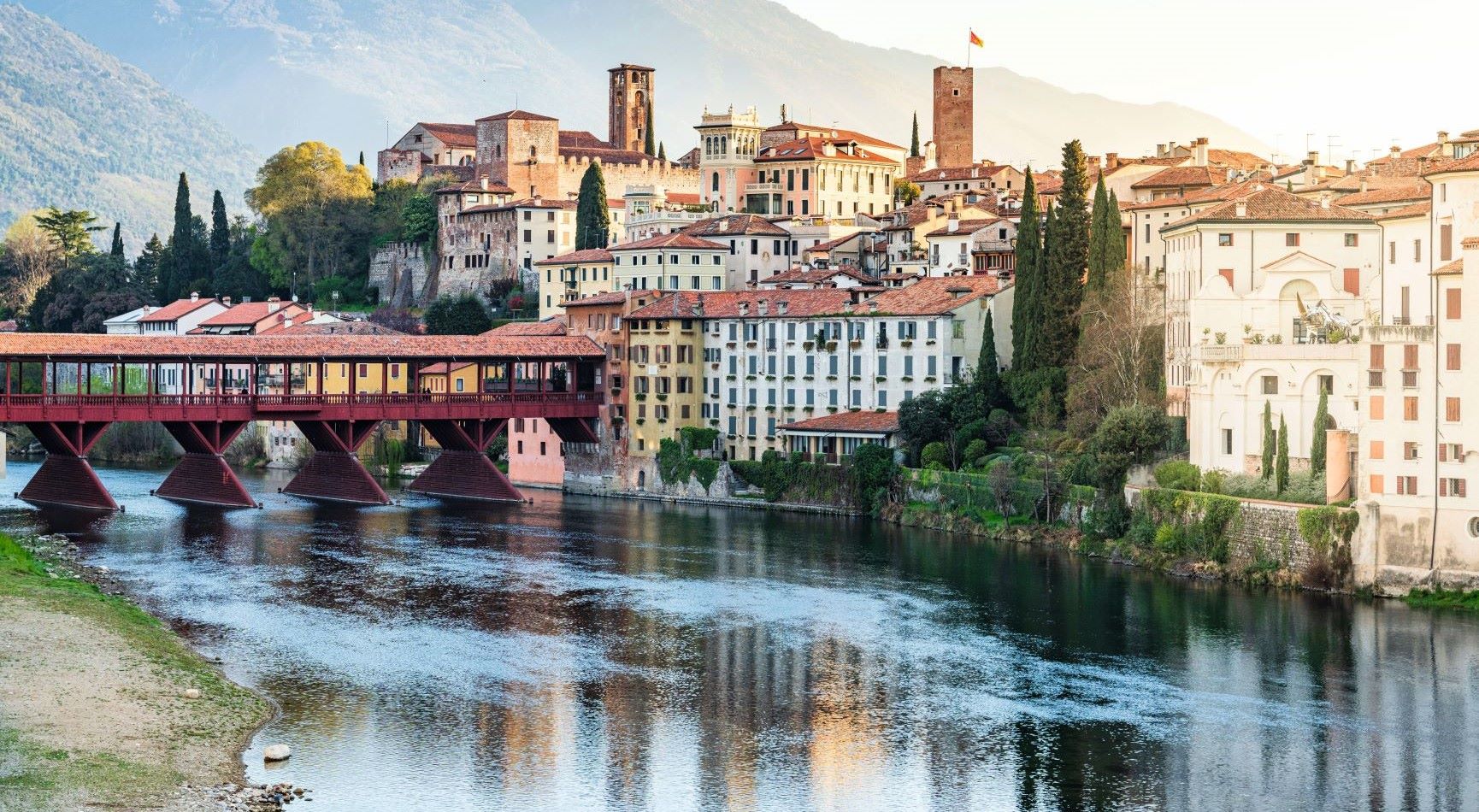
Prosecco has become something of a national religion in Britain. This sparkling Italian wine features on everything from birthday cards to clocks and coasters, and appears to be the official drink of hen parties everywhere.
In 2022, 130 million bottles were exported to the UK. But the contrast between our perception of Prosecco and where it’s produced could not be starker.
The hills of the Italian Prosecco region – or to be more precise Le Colline del Prosecco di Conegliano e Valdobbiadene – became a Unesco World Heritage site in 2019. And no wonder.
The scenery is a marvel of small, ‘hogsback’ hills, covered with undulating bright green lines of vines on slopes so steep it’s a wonder anyone can get to the grapes to pick them.

To the north – and adding a sense of grandeur – the darker, foreboding peaks of the Dolomites; to the south the plains surrounding Venice. The region, full of crumbling 16th-century Palladian mansions, hilltop towns and churches with towers to rival the Campanile di San Marco, is posh in a way that Prosecco the drink is not.
However, as I discover on my visit, the wine snobs (and I include myself in that description) have been too harsh on Britain’s favourite bubbly.
Prosecco isn’t simply a cheap alternative to Champagne: it’s a different drink altogether. It’s made using the Charmat method, so the alcohol is fermented in stainless steel tanks rather than the bottle, which has not helped its reputation (and in truth, some makers do pump it out with a short fermentation period).
But it’s meant to be drunk young – and ideally with a knowledgeable Italian by your side.
Luckily for me, that’s exactly what I have. First stop is in the vineyards of the Moretti Polegato family, the makers of La Gioiosa Prosecco. Brand ambassador Jacopo Baghin is on hand to go over the basics of their sparkling wine production and explain why it’s so popular.
“In the past, people preferred fuller-bodied wines,” he tells me. “Now we like easy-to-drink wines, and Prosecco is lower in alcohol, fresh and fruity. You can drink it at any time of the day.”
To count as Prosecco, the wine has to be made from at least 85% Glera grapes and can be extra brut, brut, extra dry or dry according to the level of added sugar.
“But beware: by dry, we mean sweet,” he says, clearing up a particular area of confusion. (Dry Proseccos can have 17–32g of sugar per litre, compared to 0–6g for extra brut.)
The neighbouring Dolomites are also well worth exploring. The fresh alpine air, mountain views and delicious food and wine combine for a perfect holiday.
Saga offers walking and food and wine holidays to the region.

Jacopo explains that the best quality bubbly, like La Gioiosa’s Prosecco DOCG Valdobbiadene Millesimato, is made from grapes grown on the slopes around the towns of Valdobbiadene, Asolo and Conegliano, not on the plain.
But the most sought-after of all is from the tiny and biodiverse Cartizze Hill, perfectly positioned to get the most sunshine, though its high value ensures it’s hard to find in the UK.
The clue is in the label. Prosecco Superiore DOCG (Denominazione di Origine Controllata e Garantita) comes from one of these prestigious growing areas; Prosecco Superiore Rive is from the steepest slopes and has a specific vintage; Prosecco DOC refers to wines from the wider area; while DOC Treviso is made from grapes grown around the city.
Later in the week, I head to the Duca di Dolle to try fine-bubbled, almost salty bruts. What I learn from everyone I speak to, from Jacopo to the barman in Antica Osteria in Bassano del Grappa, is that Prosecco must be served super cold, and if you can chill the glass, so much the better.
The bottom line is that a warmish, sweet Prosecco in a cheap flute at a retirement do will not taste like a crisp, chilled glass of DOCG brut sipped as the sun slips behind an Italian hill.

The beauty of the area is that it’s still relatively undiscovered, yet only 45 minutes from Venice.
If you can tear yourself away from wine tasting, there are watermills and villages to visit and tiramisu to eat. The dessert was (allegedly) invented in Treviso, where countless restaurants lay claim to the recipe.
Don’t leave without a visit to Bassano del Grappa (top photo), a Roman city with a covered wooden bridge that juts into the ice-blue waters of the Brenta River. It’s testament to the architectural skills of Andrea Palladio, who designed it in 1569, that the Ponte Vecchio has been rebuilt to the same design each time it’s been destroyed.
A popular ritual is to take a glass from the bar of the Nardini Grappa distillery on the bridge and enjoy a few sips of the local firewater made from the leftover skins of the Prosecco grapes.
Line your stomach with cicchetti – Italian tapas – as we did in Antica Osteria. Creamed cod on toast soaks up the alcohol a treat, as does a slab of fillet steak on the grill – a speciality.

I defy anyone to leave without a new view of Prosecco. The area is enchanting, seductive even, and not for nothing has it been described as a fairytale landscape.
The biggest revelation? How delicious a glass of this fizz can be. I’m no longer a wine snob – and can often be found in Waitrose searching for a bottle of bargain DOCG.
Saga’s two-week Grand Tour of Italy starts in Bassano del Grappa, with a free day when you can explore the Prosecco region.
The tour takes in the cultural highlights from north to south, including Venice, Rome, Siena, Pompeii and Sicily.

Find out about Saga's gastronomy holidays here...
They say the way to the heart is through the stomach, and Saga’s thoughtfully crafted food and wine holidays are perfect if you like trying new flavours and exploring traditional methods of cooking.
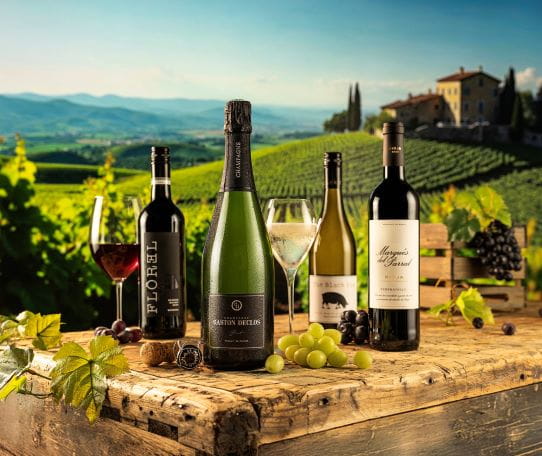
Enjoy the convenience of premium wines delivered direct to your door - Join our wine club today and save £84 on your first case
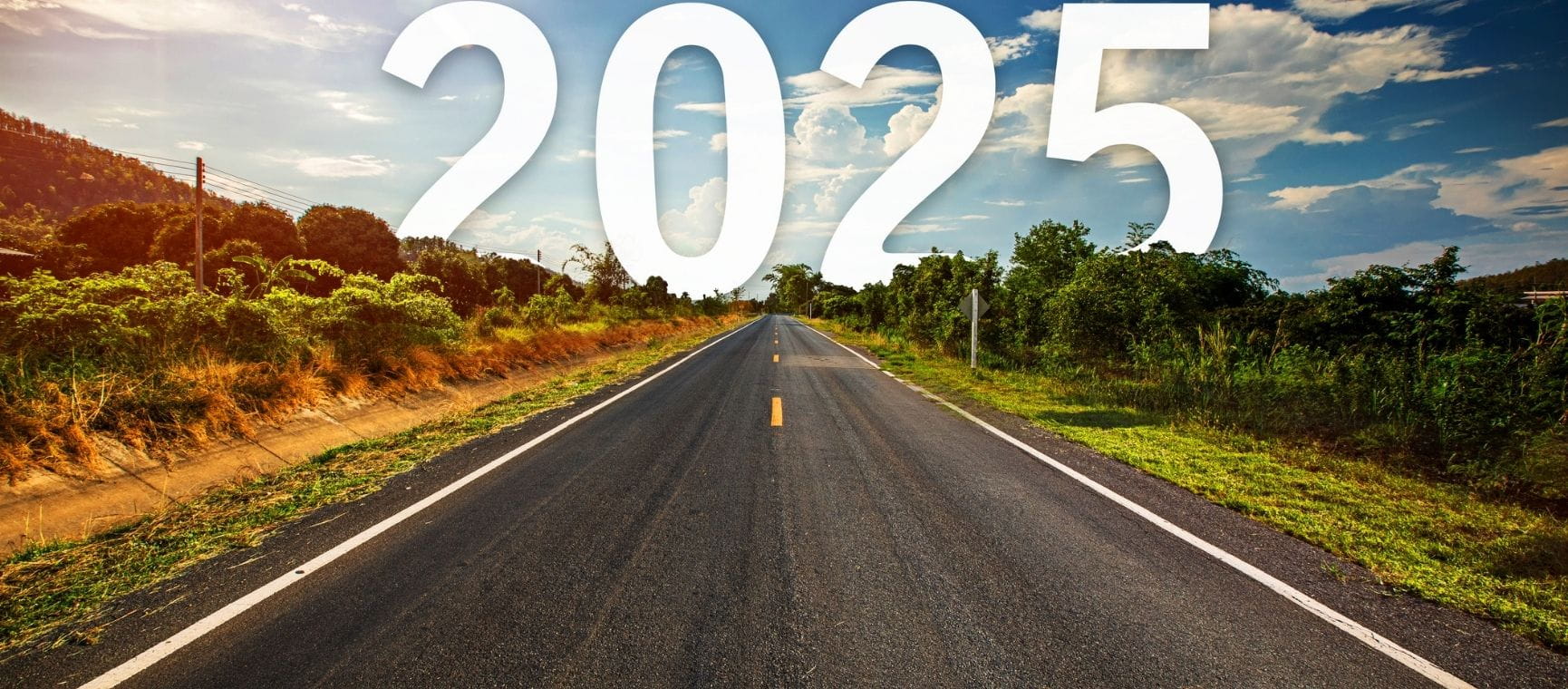
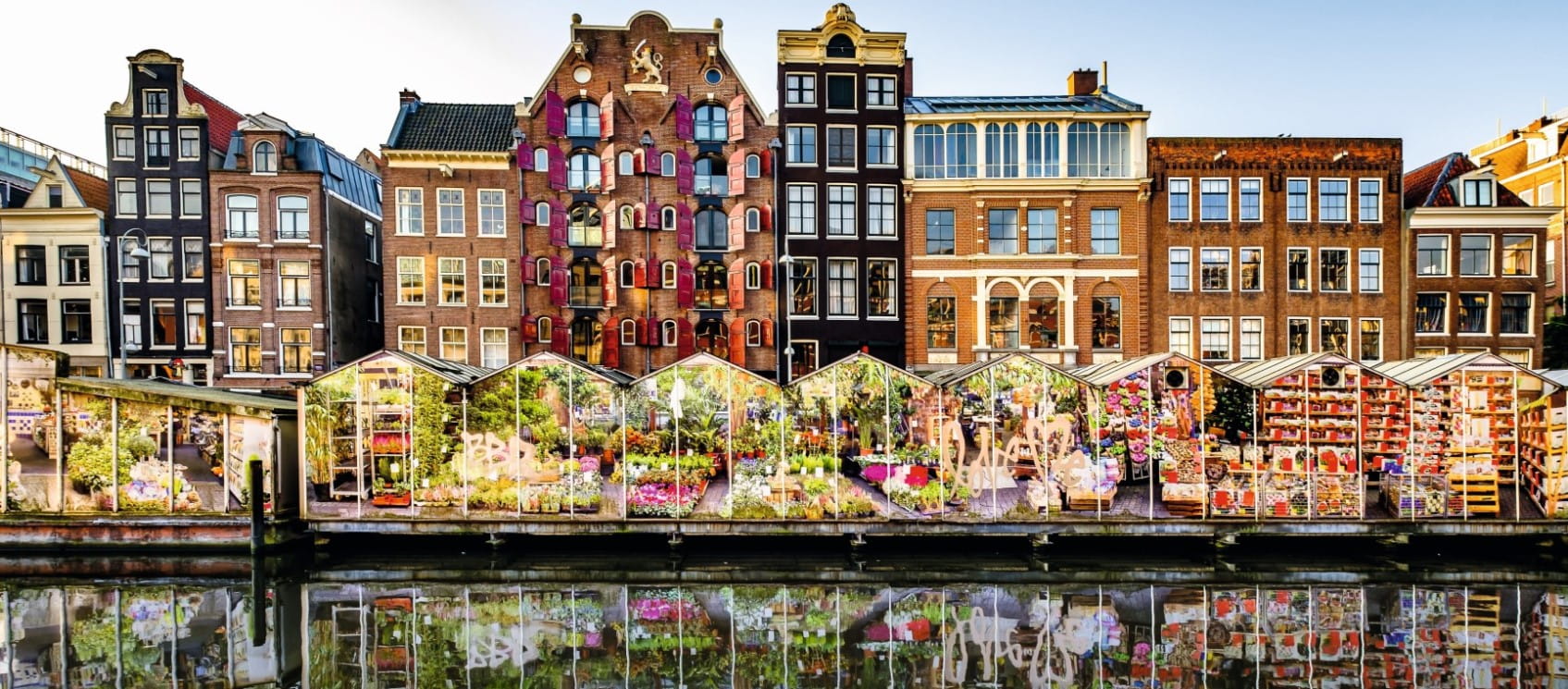
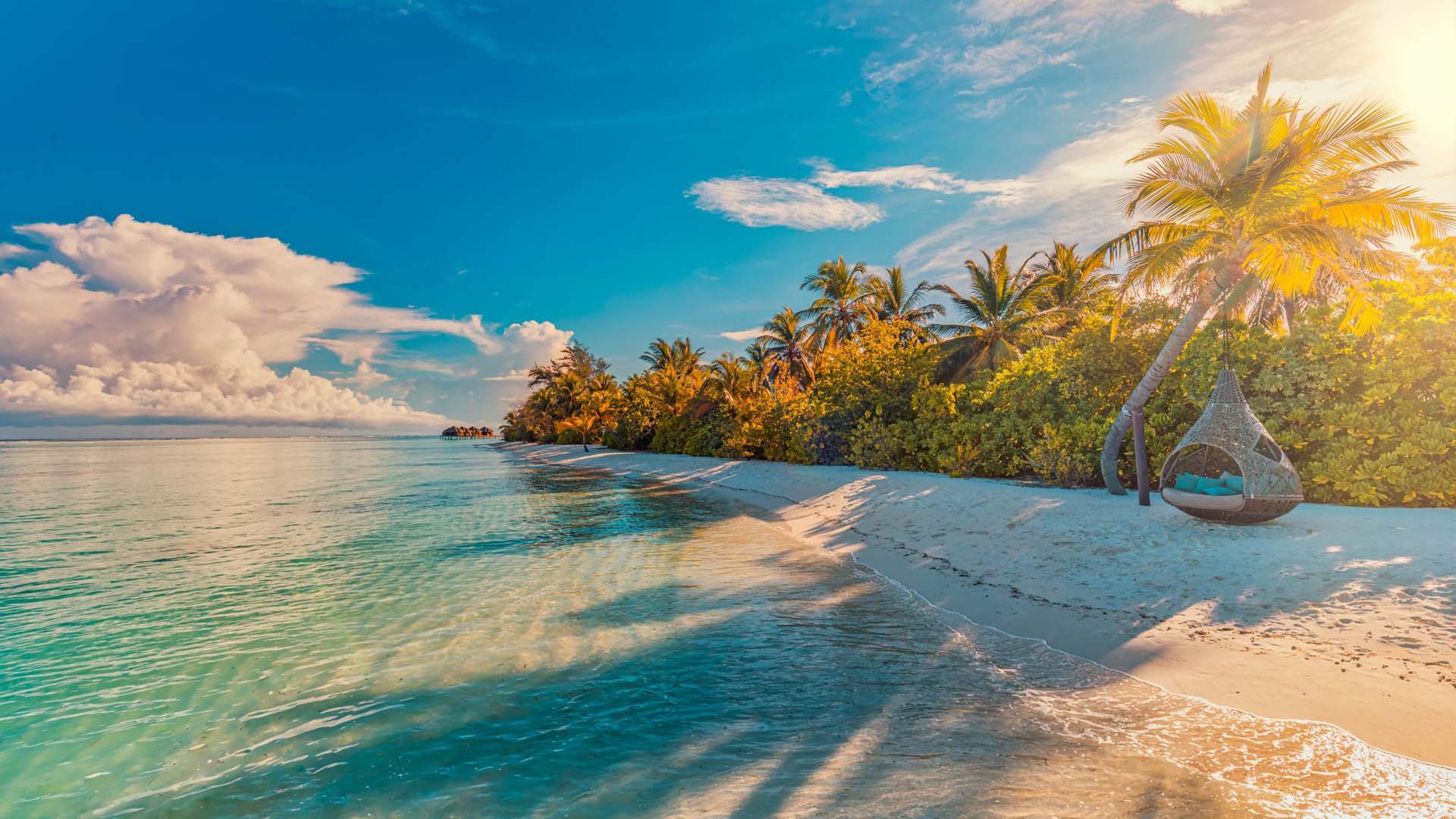
Whether your perfect beach holiday is just sun, sea and sand, or if you like a bit of sightseeing, shopping or snorkelling thrown in, one of these might be your ideal destination.
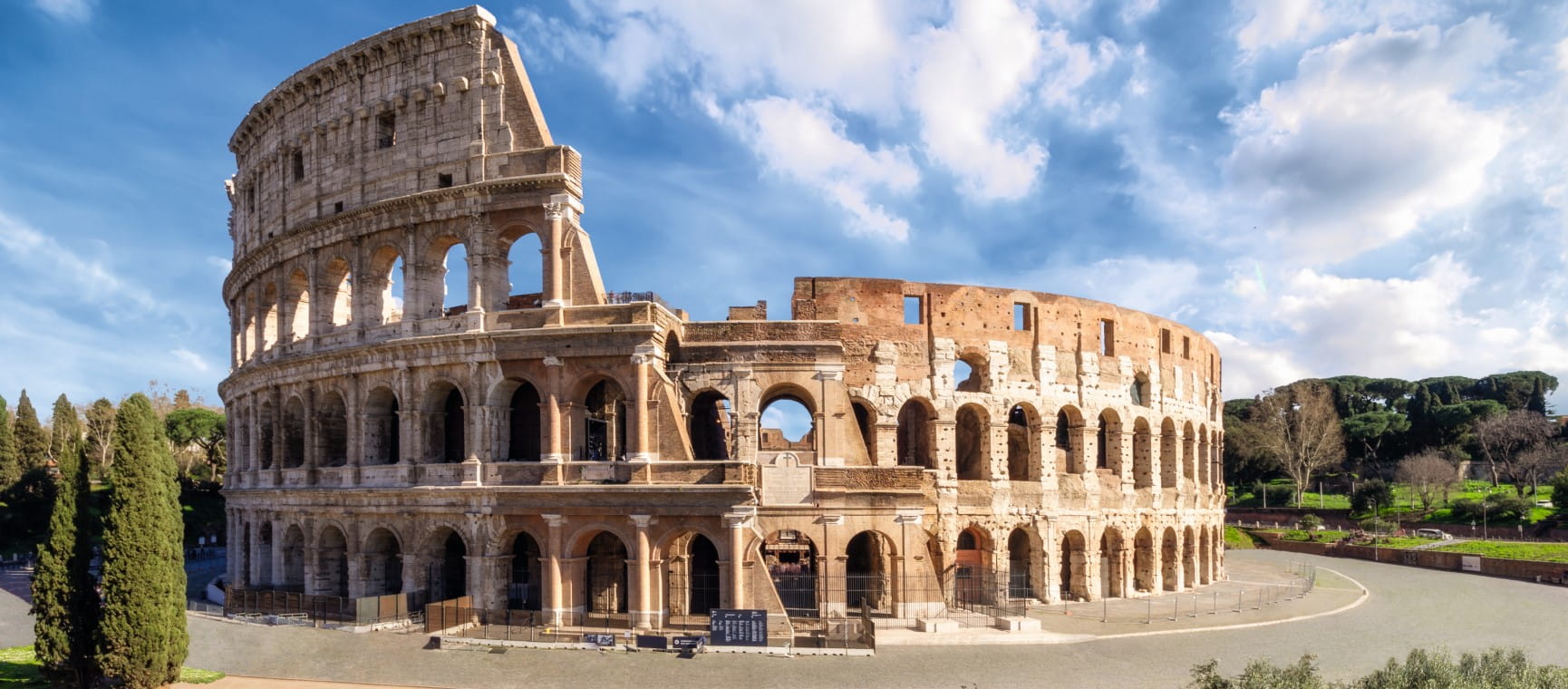
Jetting off to Italy’s ‘Eternal City’? We reveal the best places to visit in Rome, from ancient temples to al fresco dining with a view.
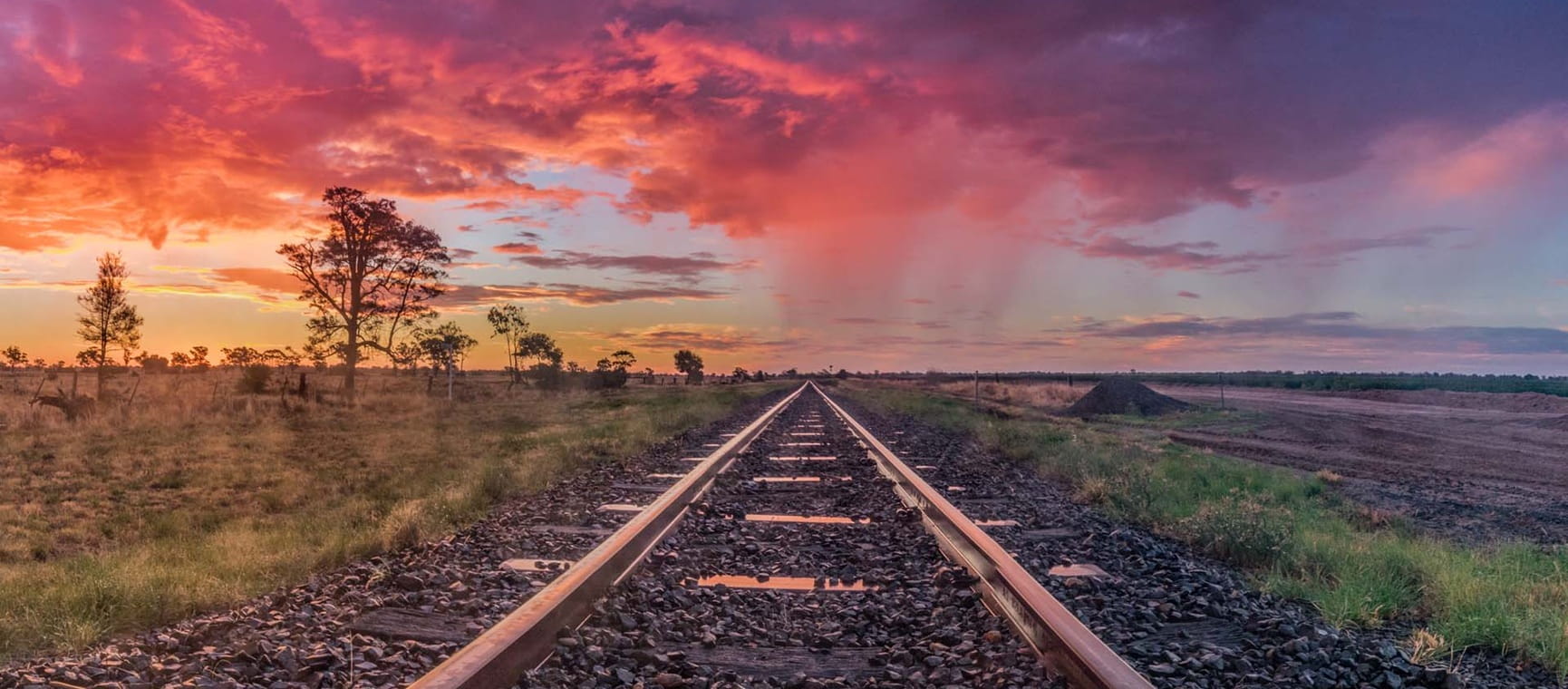

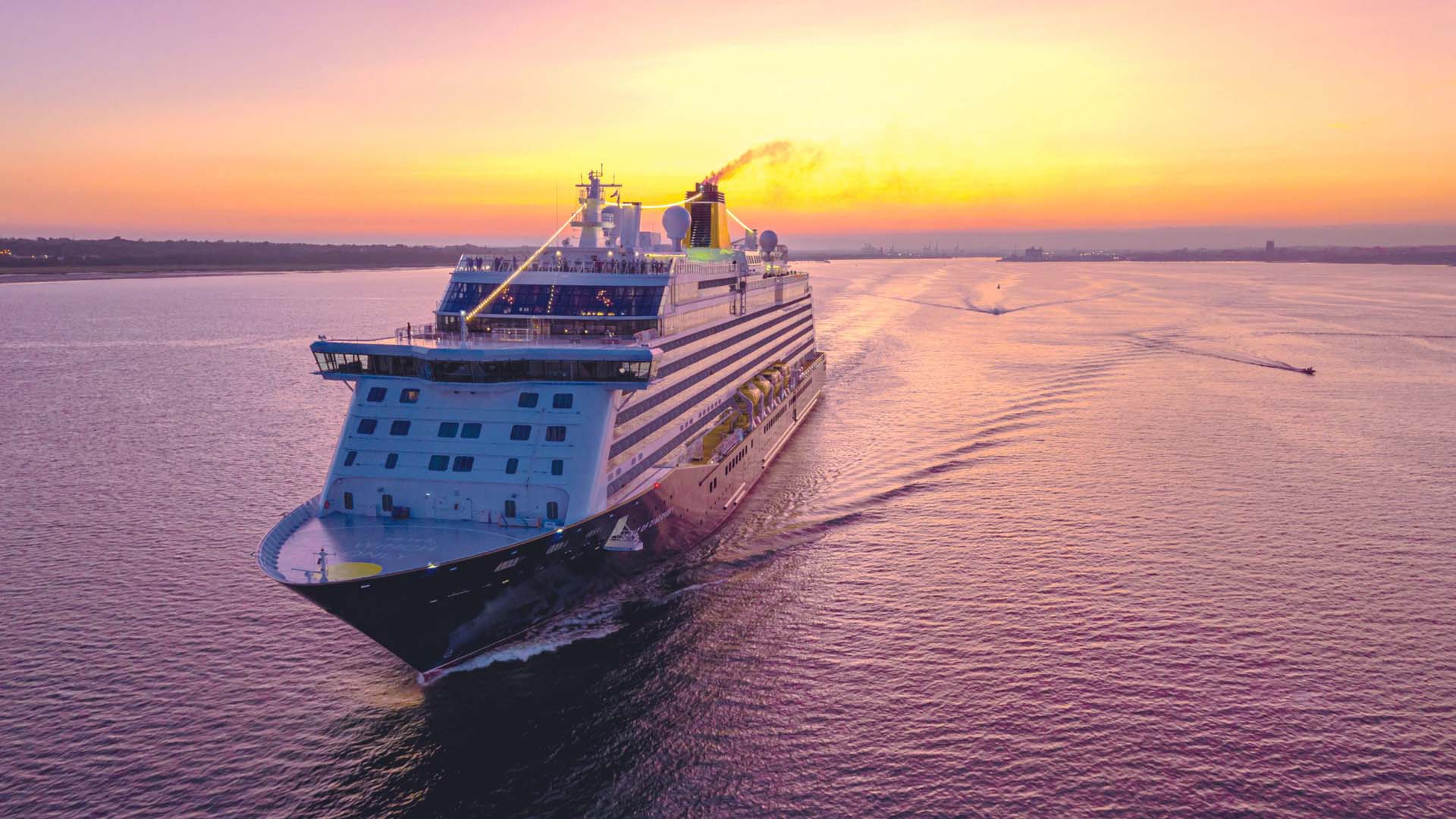
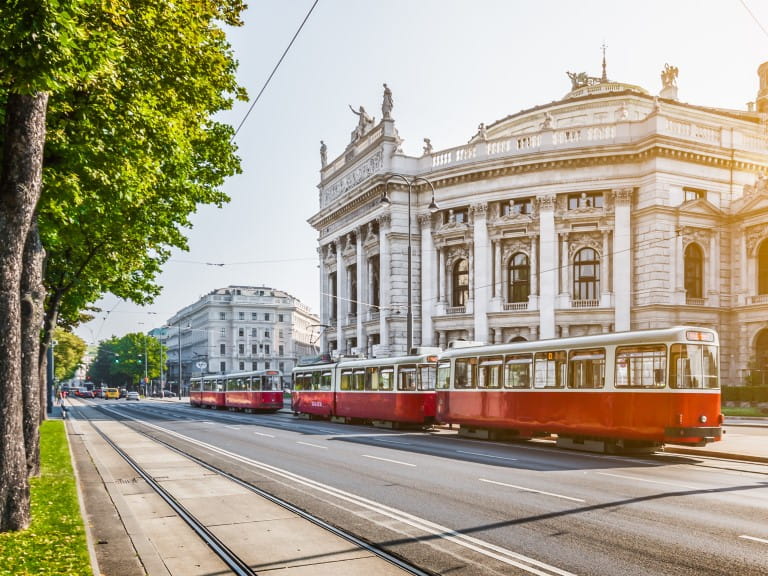

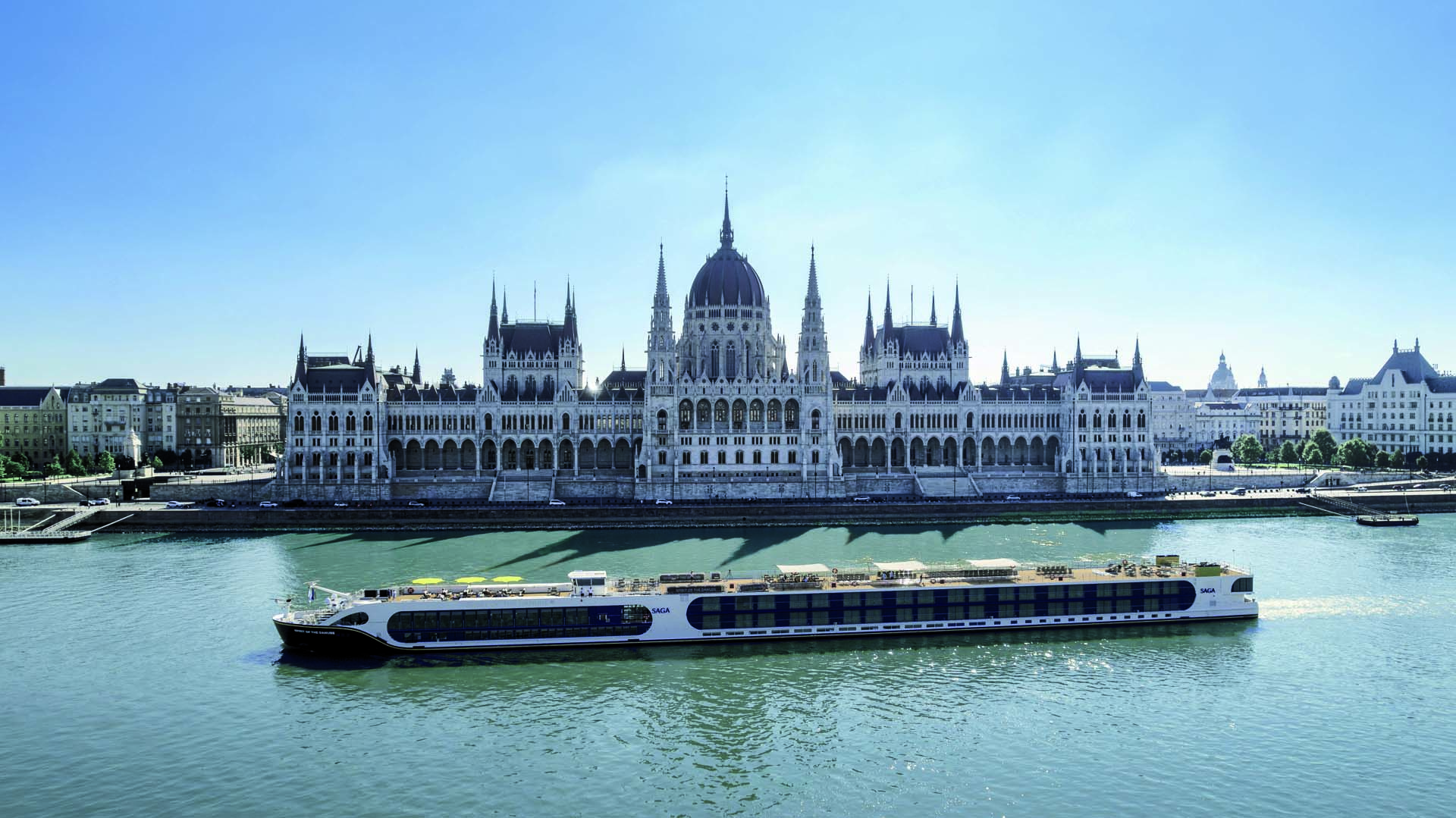
A different destination every day - why a river cruise could be your perfect summer holiday.
